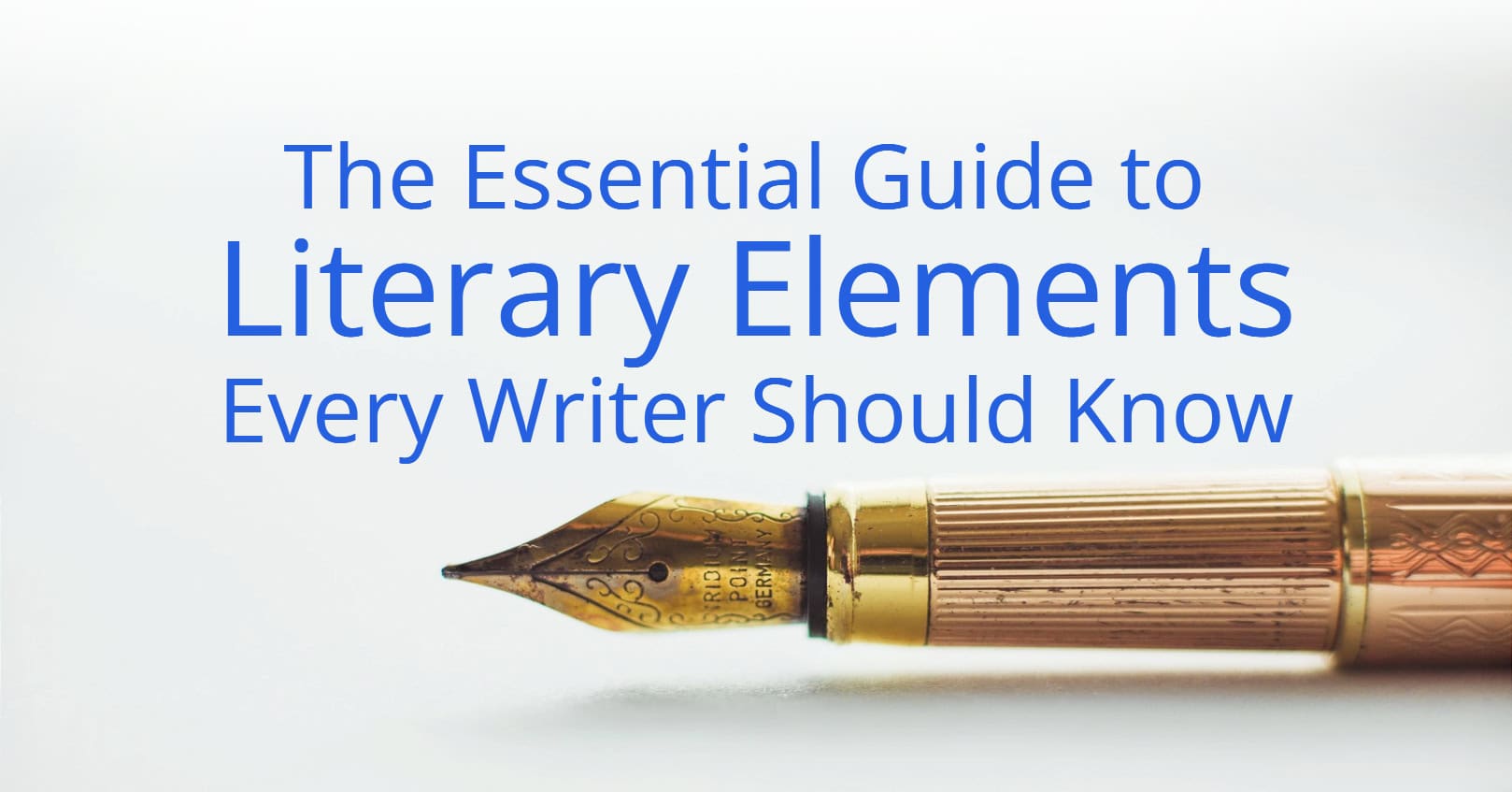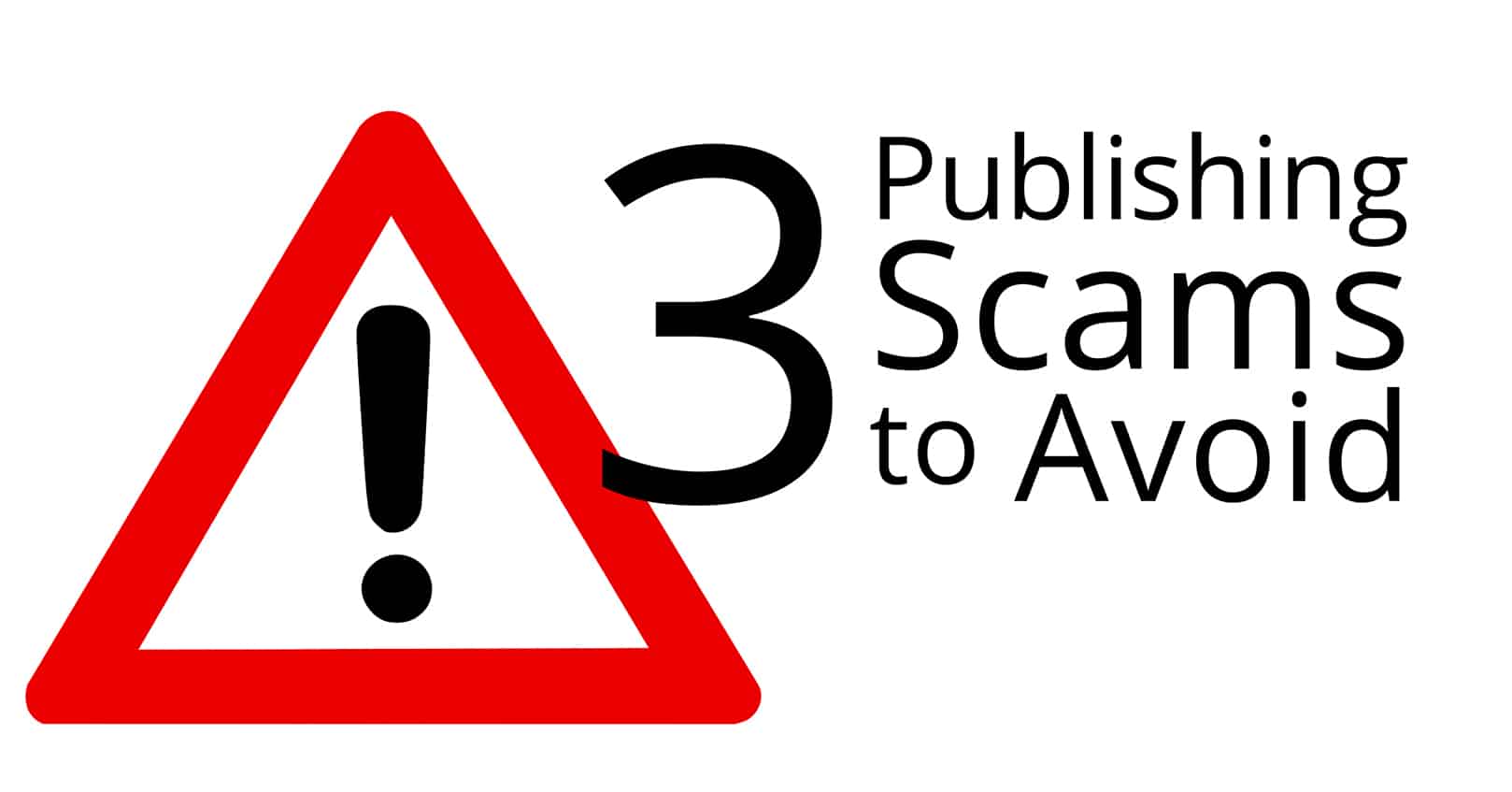
Unlock the Power of Literary Elements in Your Writing
Have you ever completed a book, and then discovered you couldn’t stop pondering it for days afterward? Perhaps the storyline was captivating or the characters felt incredibly relatable. That special “something” is known as the essence of literary elements. These narrative strategies infuse richness, sentiment, and significance into stories and etch them into our memories.
A literary element can be considered as the foundation of a narrative. They are techniques authors use to frame, in essence, how they want us to see the characters, the setting, and even the plot. Whether you’re an aspiring writer or a seasoned author, mastering these elements can help you level up your writing.
This post will discuss 20 essential literary components, ranging from theme and foreshadowing to plot and symbolism. We’ll also include examples drawn from some of the most well-known novels available. Not only will you understand how these components function, but you’ll also learn how to apply them to enhance your own stories. Ready to dive in?
What Are Literary Elements (And Why You Should Care)?
All right, let’s dissect it. Literary elements: what are they? Simply put, these are the essential components that any story must have. Plot, setting, and characterization are examples of the elements that give a story its fundamental structure from the inside out. You don’t have much of a narrative at all without these.
Literary aspects aren’t merely there in the background. They make up your story, which is what gives the entire experience its lasting impact. Consider your all-time favorite book. Was it the nail-biting tension, the rich world-building, or how much you cared about the characters? That’s literary elements in action, pulling you in and keeping you hooked.
So, why should you care? Because utilizing these components will elevate your understanding of literary techniques—whether it’s diction (which is just another word for word choice), symbolism, or tone—and will help you reach readers more deeply. You’re not just telling them a story; you’re letting them experience something.
Literary Elements = Authorial Choices
This is when the exciting part starts! Your decisions as an author are reflected in the literary devices you use and the ways you employ them. Even when you write in the same literary genres as other authors, they still have their own distinctive ways of shaping the story. For instance, word choice, or diction, is a literary device that may appear insignificant yet has a significant impact. Layers are added to your story by the words your characters use and the way you describe a scene.
Is diction a literary device, though? Absolutely! It’s all about how your choice of words contributes to tone, style, and mood. Just look at Pride and Prejudice by Jane Austen. Her witty, formal diction perfectly captures the manners and expectations of her characters’ world.
The 20 Literary Elements You Need to Master
1. Plot
When you think of a story, the first thing that probably comes to mind is its plot. Essentially, the plot is the roadmap of events that guide your story from beginning to end. Without a clearly defined plot, your story would feel aimless and readers would be left confused. But more goes into it than just having a start, middle, and end. In fact, most stories follow one of the seven classic plot structures: Overcoming the Monster, Rags to Riches, The Quest, Voyage and Return, Comedy, Tragedy, or Rebirth. You may not realize it, but every single story in the world, from Harry Potter to The Lord of the Rings, fits into one of these categories.
So how can one develop an engaging storyline? You begin by concentrating on the path of your protagonist. Every action in your story needs to move the characters either one step closer to or farther away from their objective. For example, the story of Harry Potter and the Sorcerer’s Stone centers on Harry’s quest to uncover his magical identity and his conflict with Voldemort’s evil forces. This is an example of “overcoming the monster.” If you find yourself stuck, consider which of the seven fundamental plots best describes your novel, and then work from that framework.
2. Setting
A story’s setting encompasses the entire world that your characters inhabit, not just the location where everything takes place. It also influences how a tale is told, including how the characters, themes, and mood are developed. Setting well may do more for you than just describing a location; it can also create a mood that enhances the story you are telling. Think about The Great Gatsby, to illustrate. Not only does the 1920s New York setting indicate the location of the story, but it also captures the glitter, gloss, and fundamental hollowness of the American Dream.
A setting must interact with the characters and plot in order for it to fulfill its intended function. Does the setting influence the choices made by your characters? How does their historical context affect the way they perceive the world? Make the setting seem real by including sensory aspects like sights, sounds, and smells. Keep in mind that your environment can also operate as a character in and of itself. For example, Moby Dick’s suffocating oceanic atmosphere reflects Captain Ahab’s fixation.
3. Theme
The main notion that your characters and storyline explore is your story’s theme, which is its deeper message. It’s the thing that stays with your readers long after they’ve put your work down. Love, power, identity, freedom, and the struggle between good and evil are among the recurring themes. Subtlety in the subject is crucial. Instead of lecturing your audience, let the topic come to light as the characters travel through their experiences.
In 1984 by George Orwell, the theme of totalitarianism and its destructive effect on individuality isn’t something the narrator explicitly states over and over. Rather, it is mediated by the repressive environment, Winston’s internal conflict, and Big Brother’s authoritarian rule. Consider the central conflict in your novel and the lessons it teaches about society or human nature as you build your theme. Let your theme come to life via the deeds and repercussions of your characters, whether it is something as lofty as overthrowing a dictatorship or something more intimate like learning to forgive.
Here’s a lesser-known tip: let your theme evolve as you write. The theme you start with might not be the one that resonates the most by the end. As you develop your plot and characters, be open to discovering new facets of your theme. Often, the true essence of your theme becomes clear during the rewriting process.
4. Characterization
Bringing characters to life is the process of characterization. It involves more than just giving a character’s name and description; it also entails demonstrating their identity by their choices, deeds, and interactions with other people. Your audience will be interested in your characters’ fates if you have excellent characterization. When executed skillfully, it produces relatable, multidimensional characters that readers can cheer for—or against.
Think of To Kill a Mockingbird, in which Harper Lee develops the character of Atticus Finch. Lee doesn’t just say that he is wise and moral; it comes through in his calmness when dealing with his children, and how he stands up for what is right even when it’s not popular. Concentrating on the characters’ shortcomings, desires, and evolving personalities is what gives them credibility. Their simple, regular acts reveal their personality. It’s also okay to allow them to make mistakes; after all, imperfections are what make characters real and human.
5. Conflict
A story cannot exist without conflict. It’s the catalyst that advances your story and maintains readers’ interest. An internal conflict might arise from the protagonist’s fight within, or between them and another character, society, or the natural world (external). Without tension, there would be no conflict, and readers wouldn’t care about how things turned out.
In The Hunger Games, for example, Katniss’s external conflict is with the Capitol and the other tributes. She also has an internal battle, trying to hold on to her humanity in a world where survival often demands letting go of it. Make sure the stakes are high for your character while utilizing conflict. What occurs if they are unsuccessful? Throughout your novel, keep the stakes higher and avoid giving in to easy resolutions to conflicts. The greater the challenge, the sweeter the resolution.
6. Point of View (POV)
The point of view you choose will have a significant impact on how your readers relate to your work. The story’s point of view dictates whose eyes we see it through. It indicates the extent to which we learn about the motivations and ideas of a character. First-person narrative, for instance, enables readers to put themselves in the narrator’s shoes and experience the world through their eyes. Third-person omniscient lets readers see everything, while third-person limited, which uses “he” or “she,” gives readers an insight into the thoughts of one character. It resembles an all-powerful narrator who is godlike.
Take The Catcher in the Rye, for example. It’s a tale all told through the first-person point of view of Holden Caulfield. Because the reader may not always understand the author’s ideas, anxieties, or frustrations, the audience is aware of almost everything that occurs up there, which makes it simple for us to empathize with his inner anguish. Think about how close you want your readers to become to your characters when choosing your point of view. Close points of view, such as first-person, foster closeness, whereas more distant points of view, such as third-person omniscient, encourage deeper analysis of the narrative as a whole.
7. Foreshadowing
A hint of what’s to come without giving away the entire game is called foreshadowing. It helps to heighten the tension and get readers ready for what’s coming up in your story. A well-crafted foreshadowing connects the dots later on and gives the reader a sense of intelligence by hinting that they might be able to recognize some of the indicators.
Foreshadowing is applied by Shakespeare when Romeo says that he would die before he lives without Juliet. Just this little piece added a great weight to the tragic ending. Subtlety is the key to effective foreshadowing. Give subtle hints that will become more significant later on in the story, whether they come from conversation, images, or plot specifics.
8. Flashback
Going back can sometimes be the best approach to advance your tale. Using flashbacks, you can go into a character’s history and uncover important insights that shed light on their motivations or actions now. But exercise caution—if you employ flashbacks excessively or at the wrong places, they may ruin the flow of your story. Verify that they are required and not merely a means of filling in more details.
Hosseini uses flashbacks in The Kite Runner to slowly reveal the guilt haunting Amir and the choices that push him toward redemption. Additionally, these flashbacks aid in Amir’s character growth. Although his relationship with Hassan is extremely complex, it truly deepens his character. Keep flashbacks brief and make sure they advance rather than detract from the current plot in order for them to be effective.
9. Symbolism
When a character, thing, or occasion in your novel symbolizes something greater than itself, it’s called symbolism. Symbols give your topics more depth, deeper meanings, and something for readers to consider beyond the obvious. For instance, in The Great Gatsby, the green light at the end of Daisy’s dock is not just a random light; it symbolizes Gatsby’s dream, which is always shining but is ever unattainable. He uses this dream as an emblem flanked with hollow promises for the American Dream.
When adding symbolism to your writing, think about the objects or elements that are important to your characters. This image might represent a relationship from the past or it might be a repeating imagery of water, which stands for renewal. You can let readers figure out the symbolism on their own; there’s no need to convey it to them directly. Readers will find it more satisfying when they make the connection when your symbols are more subdued.
10. Irony
Irony contrasts what is expected with what really happens, giving your story depth and unexpectedness. There are three different kinds of irony: situational (when something goes against expectations), dramatic (when the audience knows something the characters don’t), and verbal (when a character says one thing but means another). Irony can provide humor, suspense, or even tragedy, depending on how it is used.
Consider Nathaniel Hawthorne’s The Scarlet Letter. The fact that Dimmesdale, the town’s most esteemed clergyman, is secretly the father of Hester’s illegitimate child is truly ironic. The townspeople anticipate him to be a paragon of morality, but the truth uncovers a deeper, more sorrowful complexity in his character. When incorporating irony into your writing, it’s important not to make it too blatant. The allure of irony lies in its subtlety—allow your readers to unravel the twist for maximum impact on their own.
11. Mood
Mood is all about how your tale makes the reader feel, and it influences their emotional response. You evoke strong feelings with your description, conversation, and setting. Mood is more concerned with the reader’s experience of the story than tone, which expresses the author’s perspective. Whether you want to create a sense of suspense, terror, joy, or melancholy, mood affects the reader’s emotional response and draws them further into your story.
The mood in Frankenstein by Mary Shelley is predominantly dark, eerie, and bleak, largely due to the stormy landscapes and the gothic descriptions of Victor Frankenstein’s isolated lab. If you aim to establish a powerful mood in your writing, it’s important to consider how the setting, weather, and time of day can all contribute to this effect. It’s important to pay attention to the little things. For example, a deserted house after midnight sends a different tone than a sunny park on a warm day. Make use of the mood to influence the feelings of your readers and enhance the ambiance in your situations.
12. Tone
The author’s attitude toward the topic, the characters, or even the reader is referred to as their tone. Is the tone of your work amusing, satirical, hopeful, or serious? Readers’ interpretations of the characters and events are influenced by the tone of your novel. It’s similar to having a discussion; whether you’re making a sharp remark, offering consolation to a buddy, or telling a joke, your tone determines the tone of that interaction.
A great example of tone is Catch-22 by Joseph Heller. The satirical, almost absurd tone of the novel reflects Heller’s criticism of war and bureaucracy, making the characters’ struggles both tragic and humorous at the same time. Consider how you want the reader to feel about the characters or events in your writing while establishing tone. Does your narrator have a hopeful, cynical, or neutral tone? Maintaining a powerful and coherent tone throughout your story will help your readers stay emotionally invested and understand the main point.
13. Allegory
A story that functions on two levels—literal and symbolic—is called an allegory. Underneath the superficial plot and characters, there’s usually a deeper, more nuanced message that has to do with politics, morals, or society. Without sounding preachy, allegories can transform your work into a potent commentary on contemporary events.
For instance, George Orwell’s Animal Farm is more than just a story about talking animals on a farm. It’s an allegory for the Russian Revolution and the rise of totalitarian regimes. Consider the main idea you wish to get over while writing an allegory, as well as the ways in which your characters, settings, and events might represent it. However, take care not to be overly directive; instead, let your readers figure out what the deeper meaning is on their own.
14. Diction
Your word choice, or diction, greatly influences the writing’s tone, atmosphere, and style. Diction affects everything from the way you describe things to the speech you give your characters and even the way you put sentences together. Are you speaking in an elegant, formal tone? Or are you going to go with a more relaxed, conversational tone?
Jane Austen’s Pride and Prejudice is a perfect example of how diction can define a story’s voice. Austen’s witty, formal diction reflects the social norms of the time and gives the novel its signature style. Consider the tone you wish to use for your story while using diction. Which tone do you want your narrator to have—warm, distant, cerebral, or relatable? The way people interpret your tale can be greatly influenced by the words you choose.
15. Imagery
Using sensory-arousing language to evoke strong feelings in readers and help them visualize the events in your story is known as imagery. Robust imagery captivates readers and immerses them in the world you’re building, giving them the impression that they are there with your characters. Making readers experience the setting, from the warmth of the sun on their skin to the sting of a chilly breeze, is more important than simply painting a picture.
Take Cormac McCarthy’s The Road. The bleak, gray imagery of a post-apocalyptic world helps create an atmosphere of despair and hopelessness. Use all of your senses when describing objects while employing imagery. What scent is in the air? How does your character’s skin feel in relation to the surroundings? Rich visuals make it easier for readers to become lost in the narrative.
16. Hyperbole
If you’ve ever exaggerated something for effect, you’ve used hyperbole. This literary element is all about going over the top to make a point. Hyperbole can be funny, dramatic, or even ridiculous, but it’s always used to emphasize something. It’s not meant to be taken literally—it’s there to create a strong impression.
In The Adventures of Huckleberry Finn, Mark Twain uses hyperbole when Huck describes the Mississippi River as “the widest thing imaginable,” making the reader laugh while also emphasizing Huck’s adventurous spirit. When using hyperbole in your writing, be mindful of when and how often you use it. It’s most effective when used sparingly for dramatic or humorous impact; nevertheless, utilizing it excessively can make your story seem unrealistically dramatic.
17. Motif
A motif is an image, word, or symbol that recurs frequently in your work to support one of its themes or meanings. In contrast to a theme, which is the main idea, a motif focuses more on repetition. A deeper thought may be highlighted by something as basic as a color or an object that repeatedly appears.
In Moby Dick, the motif of the whale constantly reappears, symbolizing Captain Ahab’s obsession and the larger idea of man’s struggle against nature. When using a motif in your writing, pick an element that is significant to the theme of your work and subtly include it into your story. Repetition is important, but not too much; let the motif speak for itself to help the reader comprehend the plot more fully.
18. Metaphor
With the help of metaphor, you can effectively draw attention to a common feature by drawing comparisons between two unconnected objects. A metaphor makes a clear and frequently startling contrast by stating that one thing is another, as opposed to expressing that one thing is like another (as in a simile). Your work may become more vivid and memorable as a result.
In The Road, Cormac McCarthy uses the metaphor of “gray slush” to describe the apocalyptic world, evoking a sense of hopelessness and decay without spelling it out. When writing, think about metaphors as a way to show complex emotions or situations. Make a metaphorical connection to demonstrate something to readers rather than only telling them what it is like. It encourages readers to understand the comparison and offers more levels of meaning.
19. Allusion
An allusion is a reference to anything that is not included in the text, such as a well-known person, historical event, or other work of literature. You can give your story more depth and meaning without going into detail by using an allusion to something your readers are already aware of.
For example, in Fahrenheit 451, Ray Bradbury alludes to the myth of Icarus to highlight the dangers of flying too close to the sun—symbolizing the reckless ambition of his characters. Though they might be overt or subtle, allusions are most effective when they further the idea of your story or provide background. But be careful when using allusions—if your readers don’t understand the reference, it could confuse them.
20. Juxtaposition
Juxtaposition is all about contrast—placing two different things side by side to highlight their differences. Using this literary device to reveal the connection between two seemingly unconnected ideas can heighten suspense, clarify meaning, or even surprise readers. You can employ juxtaposition with ideas, people, situations, and even emotions.
In A Tale of Two Cities, Charles Dickens famously opens with, “It was the best of times, it was the worst of times,” juxtaposing two extremes to immediately set the tone of the novel. Consider how you can use contrasts to highlight deeper truths or tensions in your narrative while employing juxtaposition. It’s a fantastic method to draw attention to contrast and produce striking scenes.
Put These Literary Elements to Work
Now that you know how to incorporate these elements, it’s time for you to start using them! These methods will assist you in crafting stories that genuinely engage readers, whether you’re adding depth through symbolism, establishing complicated characters through characterization, or foreshadowing to create suspense. Consider literary elements as your writing toolkit; while they alone serve a distinct purpose when combined they produce something far more powerful than the sum of its parts.
Remember, you don’t need to use every element in every story—start small. Start by experimenting with one or two components first. Literary devices have the advantage of being able to be added to your work either as you go along or even as you’re revising it. Perhaps use some foreshadowing to create suspense, or experiment with language to adjust the dialogue’s tone. Practice is essential! These literary strategies will become more organic the more you employ them.
Remember, writing is a process of discovery. Let these elements work for you and watch how they can transform your storytelling. Who knows? That one small tweak might be what takes your story to the next level.
Happy writing!
What is a literary element you’ve been overlooking in your writing? Share with us in the comments below!
P.S. If you’re looking for ways to promote your book to thousands of avid readers, check out our promotional services for authors.
















Comments